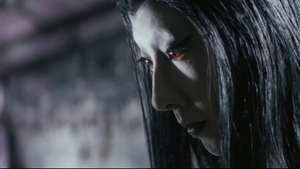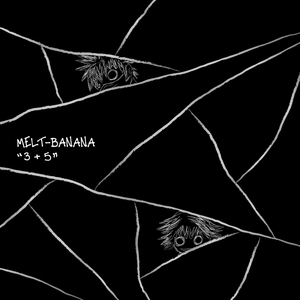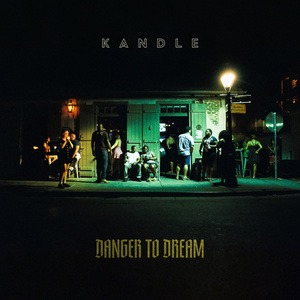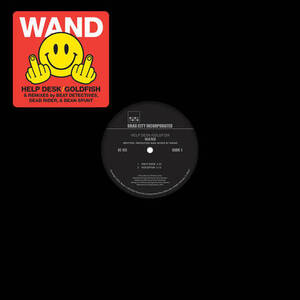The Last Samurai
directed by Edward Zwick
starring Tom Cruise, Ken Watanabe, Koyuki
Warner Brothers
If one had to make a Kurosawa-reverential samurai film with a white man as its star, and that white man had to be Tom Cruise, The Last Samurai is as good an end result as one could hope for. To tell the truth, by clashing and comparing the Old West with 1870s Japan – and wholeheartedly borrowing elements from Dances With Wolves, Little Big Man, The King and I, and Braveheart – director/co-writer/co-producer Edward Zwick (Legends of the Fall, Glory) has made a film that even the most diehard of Cruise-bashers will thoroughly enjoy.
“lastSamuraiHokey”
Set against the backdrop of the “samurai revolt” of 1876-77, the film stars acclaimed Japanese actor Ken Watanabe doing a fine Yul Brynner impression as Katsumoto, one of the last samurai. At this pivotal time in Japanese history, feudal lords are being replaced by less honorable, Western-minded politicians adverse to the samurai, and Katsumoto in particular, for he is favored by Japan’s weak-kneed teenage Emperor (Shichinosuke Nakamura). The leader of the Emperor’s corrupt cabinet, Omura (Masato Harada) is waging a war against Katsumoto and his small army behind the Emperor’s back, and realizes that he needs American firepower to defeat the superior samurais. Enter Tom “Top Gun” Cruise. His Capt. Algren is a veteran Indian fighter, traumatized by one massacre too many. Retired to a life as a Winchester rifle spokesman, alcoholic Algren is rapidly descending in a hellish abyss. In San Francisco, Algren is recruited by his old cavalry sergeant, Zebulon Gant (Billy Connolly) and his worst enemy, Col. Bagley (Tony Goldwyn) to go to Japan and act as an advisor to Omura’s army.
“lastSamuraiStud”
Upon arriving in the Land of the Rising Sun, Algren discovers that A. The samurai do not use firearms, and B. his novice army of conscripts is months away from the possibility of defeating Katsumoto, as they are unfamiliar with rifles. Nonetheless, Omura orders Bagley – who Algren blames for a particularly heinous Indian massacre – and his drill instructors into battle. At this point, Indian-sympathetic Algren likens the decision to Custer’s Last Stand. Predictably, almost every one of Bagley’s regiment is wiped out; Algren, badly wounded, winds up alone and fighting off a circle of Katsumoto’s soldiers. After Algren kills a particularly fearsome samurai, Katsumoto acknowledges the cavalryman’s “eye of the tiger,” and orders his men not to harm him further; Algren is taken prisoner and hauled off to a samurai village in the mountains.
This is where the predictable King and I “getting to know you” and Little Big Man-style amusing discoveries take place. In the home of the dead samurai, Cruise is tended to by the widow, Taka (Japanese model/actress Koyuki). While Algren and Katsumoto bridge cultural gaps, everyone else in the village – except for the children – wants Algren dead, particularly badass Ujio (Hiroyuki Sanada). Algren and Ujio square off in a number of Kendo (stick fighting) duels, and, predictably, Ujio winds up tutoring the quickly-healing and rapidly-sobering Algren in the fine art of samurai swordsmanship. All that’s missing is the up-down, side-to-side instruction of The Karate Kid. Of course, Katsumoto and Bagley have to square off again, but on whose side will Algren fight? Hmmm…
“lastSamuraiLotr”
The one unpredictable aspect of this film is the superb cinematography (a sure-fire Oscar nomination), the amazing costumes (an Oscar lock) and the close-quarters combat scenes – scenes that this martial-arts film buff must admit are literally breathtaking. Taking a page out of the Seven Samurai handbook, the swordsmanship is swift, dramatic and brutal, but not graphic. Equally impressive is the archery and horsemanship (kudos must be given to Cruise, who did all of his own stunts). The Last Samurai was shot in gorgeous New Zealand, and, to its credit, touts a cast (including hundreds of extras) comprising almost entirely of Japanese actors. Zwick clearly had epic aspirations for The Last Samurai, and, in many ways, the film is an epic, and worthy of at least one viewing. But there are too many obvious influences – and, more importantly, not enough risk-taking with the plot and dialogue – for this movie to qualify as an instant classic. However, its amazing battle scenes will ensure a long shelf life on DVD.
The Last Samurai: http://www.lastsamurai.com/












